
When a group of children at Pembury House Nursery School were introduced to the work of Aboriginal artist Minnie Pwerle, a wealth of creativity and mathematical learning took off. Over four weeks, the children used a range of art processes to produce a large multi-media collage. Along the way, mini artworks and other activities emerged, often spontaneously.
Sue Moss, head teacher of Pembury House in the London Borough of Haringey, explains, ‘A central learning intention for this project was that of sustained shared thinking. We were keen to explore children’s mathematical learning in a creative context.’ Sue continues, ‘Wellbeing is a high priority for us, and we wanted the children to enjoy maths through the arts.’
Arts consultant Anni McTavish led the project, working with practitioners Mel, Anna and Ewa. Anni says, ‘Minnie Pwerle’s work offers many ways to investigate pattern, size, shape, colour and movement. We thought it would be a joyous way into maths. None of us quite knew where we would end up but were confident that there would be a lot of valuable learning.’
HOW IT BEGAN
The project began by simply looking at some of Pwerle’s paintings. In small adult-guided groups, the children discussed what they saw.
‘They look like doughnuts!’ exclaimed A, referring to the circles in one of the drawings. R noticed, ‘These are dotty… look dot, dot, dot’, pointing at Pwerle’s ‘Bush Melon’.
Pwerle’s art was deeply captivating for the children. Perhaps the vivid colours and brushstrokes were accessible and relatable to them.
GETTING THE ART WORK STARTED
Using oil pastels for mark-making and drawing on small squares of card was the first activity. This medium was chosen because oil pastels produce vibrant and impressive colours very easily.
‘We encouraged the children to look closely at the circles and dashes. They went on to make their own representation,’ explains Mel. ‘Our class of three-year-olds hadn’t had a lot of opportunity to be at nursery due to the pandemic, so exposure to these materials was perfectly pitched for them.’
Anni and Mel modelled several techniques, including laying the pastels on their side and pulling them across the paper to create broad strokes; using them like a pencil or crayon; layering one colour on top of another; and smudging marks and lines with the finger tips to blend colours and shapes. ‘Some children spent considerable time making their drawings – the results were stunning,’ comments Mel.
N created an energetic spiral pattern by layering colours. M chose a single colour and produced a series of drawings on separate pieces of card which she then collated into a book. E used scissors and spent a lot of time cutting a pattern of small snips around the border of the card. ‘It was really pleasing to see the individuality of what they did and what they produced,’ observes Anni.
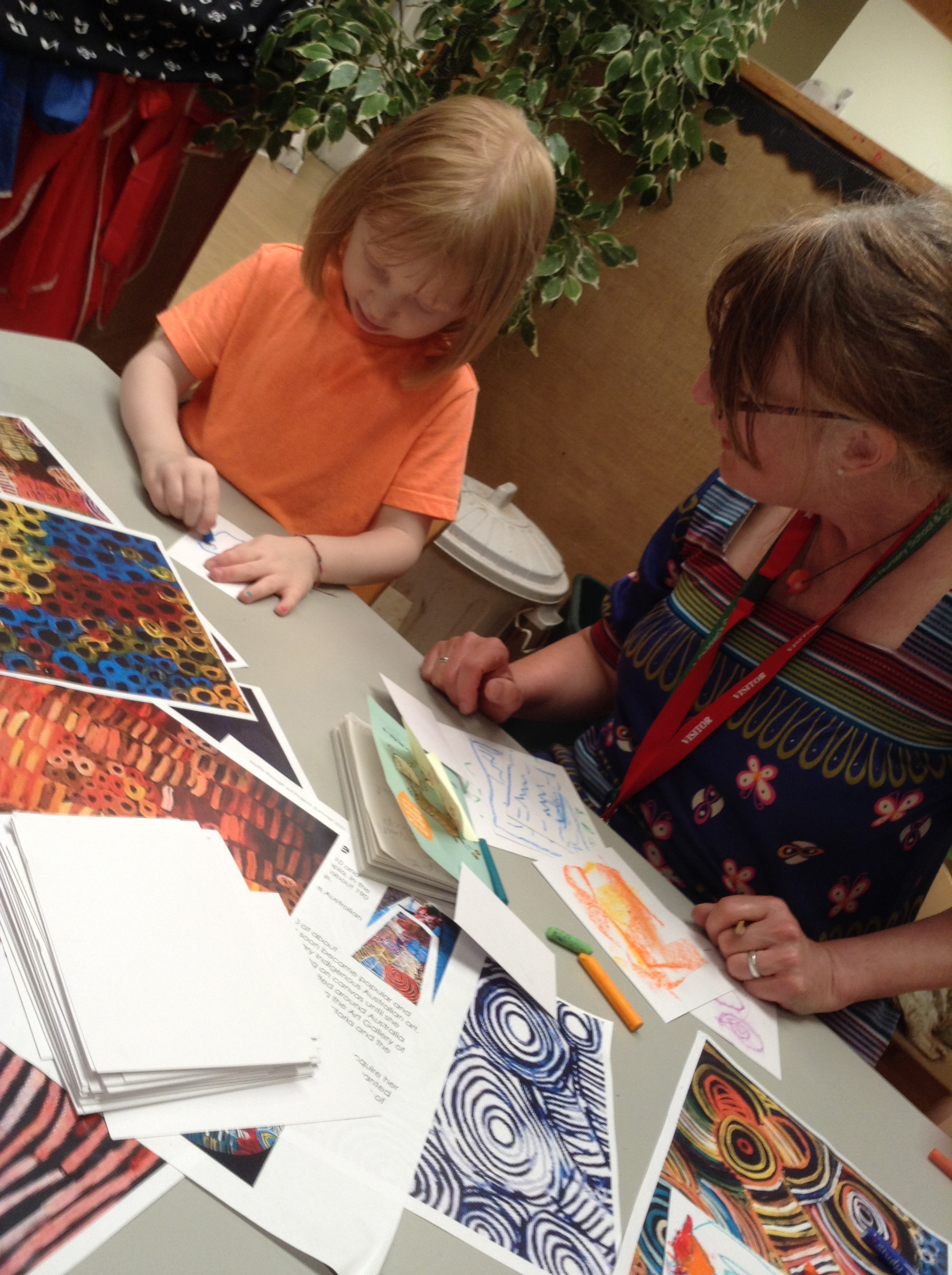
THE NEXT DEVELOPMENT
Extending the children’s growing interest in shape, colour and pattern was the next intention. Anni introduced them to printing.
On a large piece of paper, the children experimented using plungers, lengths of wood, cardboard tubes, sponges, plastic bottle, lids. ‘I think that doing their first work on a small scale gave them the confidence to move onto a larger canvas,’ says Anni.
The children were especially intrigued by the plungers. ‘They were excited and found it very funny to see plungers covered in paint and being used for a different purpose,’ adds Anni. ‘It triggered storytelling about using them at home.’
BRINGING THE PROJECT TO COMPLETION
The final stage was collage-making. ‘It seemed like a fitting way of bringing together their ideas and continuing to build on their skills,’ explains Anni. The large printed sheet provided an excellent base for the collage. They then used PVA and glue sticks to add tissue paper, raffia, coloured feathers and torn paper printed with Pwerle’s artwork.
‘For some children, the sensory aspect of using runny glue and a mix of different materials was particularly calming,’ remarks Anni.
K thought hard and said, ‘You know the glue turns into different things… sometimes, sometimes… it turns into dust.’
MATHS AND LANGUAGE
The dominance of shape and movement in Pwerle’s paintings enabled maths and language to be integral. The adults used vocabulary such as ‘circle’, ‘round’, ‘square’, ‘diamond’, ‘rectangle’, ‘swirl’, ‘spiral’, ‘curl’, ‘curve’, ‘smooth’, ‘flat’ and ‘wavy’.
When learning about Pwerle’s background, some of the children began conversations with the staff about the different languages that might be spoken in Australia. MJ said, ‘I speak Wolof’, and went on to speak proudly about his family’s multilingualism.
MORE ART
Further art activities included:
- Brooch-making – a child who was feeling sad was given a simple brooch made from a coloured feather and masking tape. This sparked enthusiasm and the children went off to make their own.
- Sand play – the children created patterns using objects including potato mashers and jam jar lids.
- Connecting with nature – Pwerle’s circular shapes symbolised various bush foods. The children thought about natural material in their immediate environment. They used charcoal for mark-making.
- Clay work – clay tiles were used for exploring patterns and shape.
- Songs and rhymes involving shape and pattern. For example, ‘Round and round the garden’.
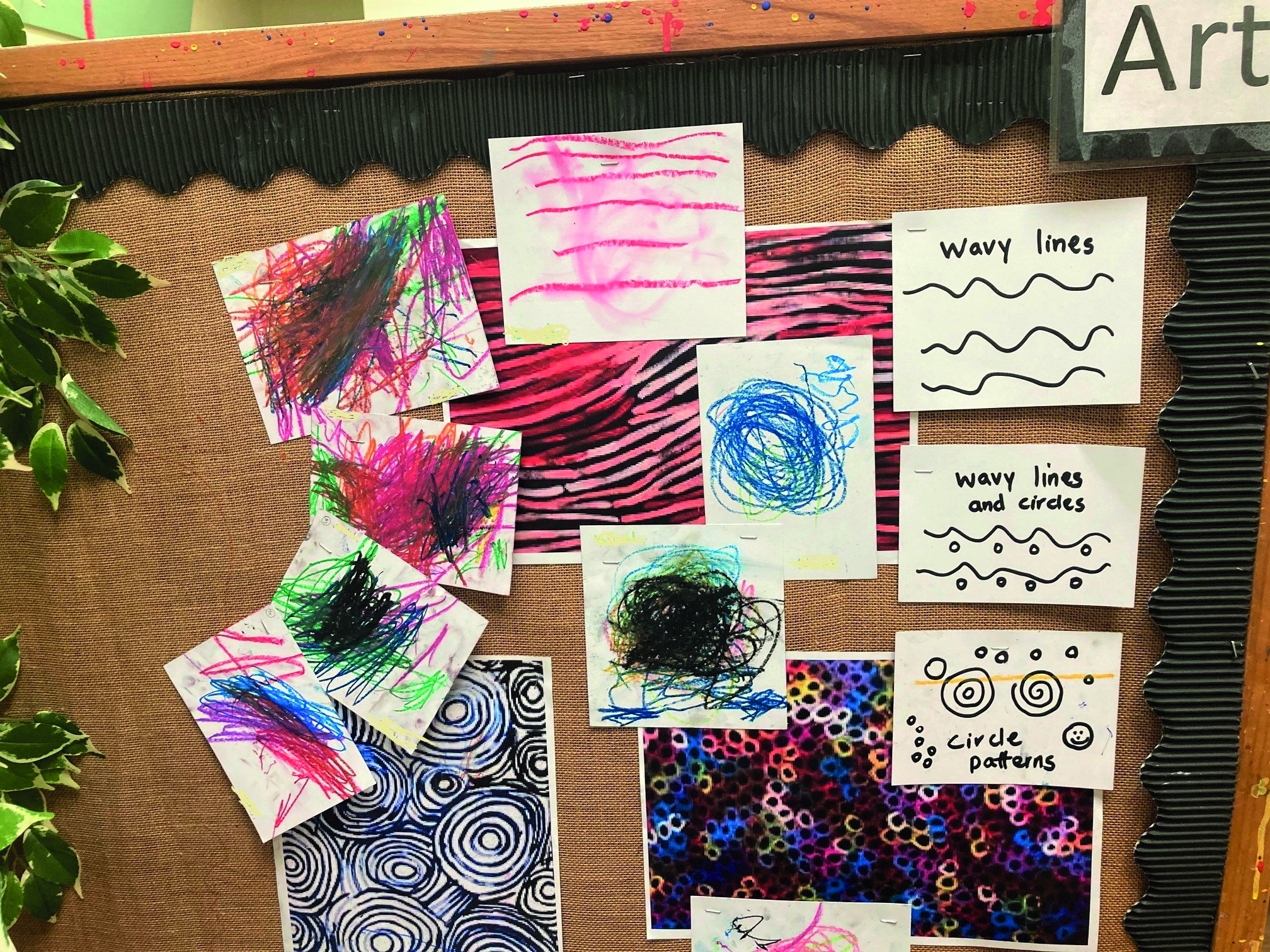
LAYERS OF LEARNING
This level of curiosity and inspiration from a single artist’s work shows us how valuable a well-chosen provocation can be. Minnie Pwerle’s art, characterised by patterns, colours and shapes, provoked mathematical interest and development in a fun and creative way.
A further significant outcome of this project was that the children learnt about the value of process in art. Basically, art experiences need time to develop and progress – Anni and the staff allowed the children to run with it, and they did!
BOOK CORNER
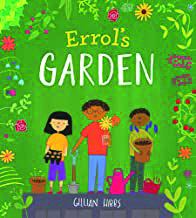 Errol’s Garden by Gillian Hibbs
Errol’s Garden by Gillian Hibbs
A story about a little boy who wants to grow everything, but there isn’t enough room in his flat. He finds a solution.
 Fruits by Valerie Bloom
Fruits by Valerie Bloom
A Caribbean counting poem. How much fruit can a little girl eat in a day? According to this book, a lot!
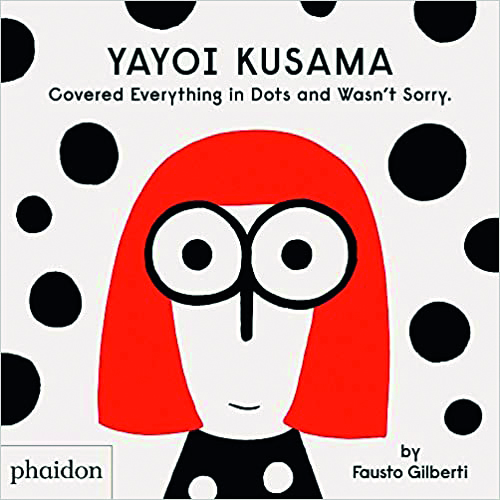 Yayoi Kusama Covered Everything in Dots and Wasn’t Sorry by Fausto Giberti
Yayoi Kusama Covered Everything in Dots and Wasn’t Sorry by Fausto Giberti
A quirky book about one of the world’s best-loved contemporary artists.
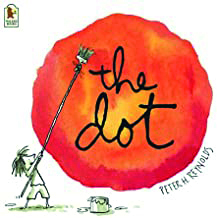 The Dot by Peter Reynolds
The Dot by Peter Reynolds
A book about Vashti, who discovers her artistic talents. Just one little dot marks the beginning of her journey.
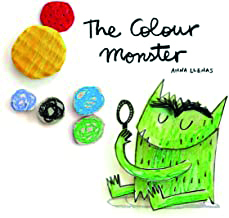 The Colour Monster by Anna Llenas
The Colour Monster by Anna Llenas
The colour monster is having a hard time with confused emotions. This is a pop-up book about the little monster who explores colour though his emotions.
 Matisse’s Magical Trail by Tim Hopgood
Matisse’s Magical Trail by Tim Hopgood
A bold picturebook that encourages children to notice the small things, think big and express themselves.
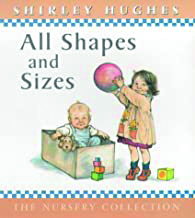 All Shapes and Sizes by Shirley Hughes
All Shapes and Sizes by Shirley Hughes
A picturebook featuring a toddler and her baby brother – introduces children to the concepts of shape and size.
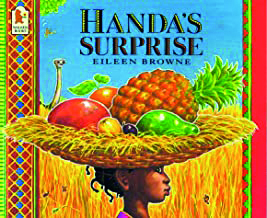 Handa’s Surprise by Eileen Browne
Handa’s Surprise by Eileen Browne
A richly illustrated book with a pantomime spirit – readers are desperate to tell Handa to look behind her. Handa sets off to see her friend Akeyo with seven fruits in her basket, but on arrival she finds something different.









